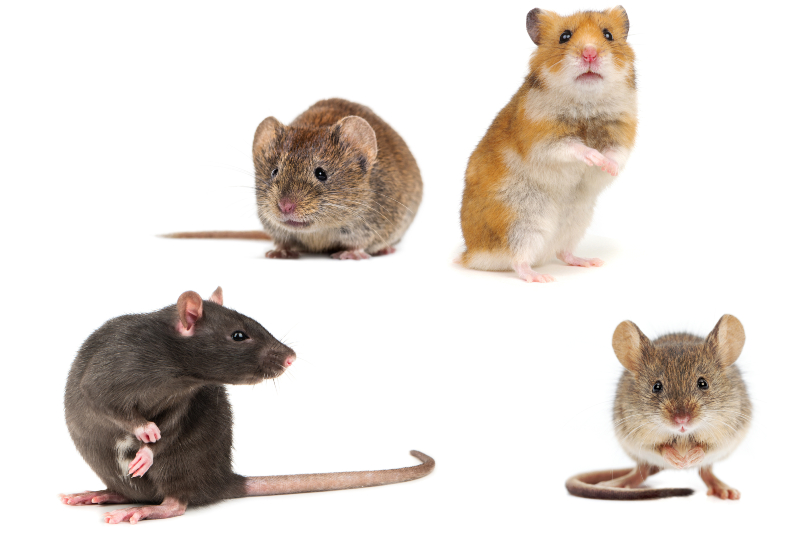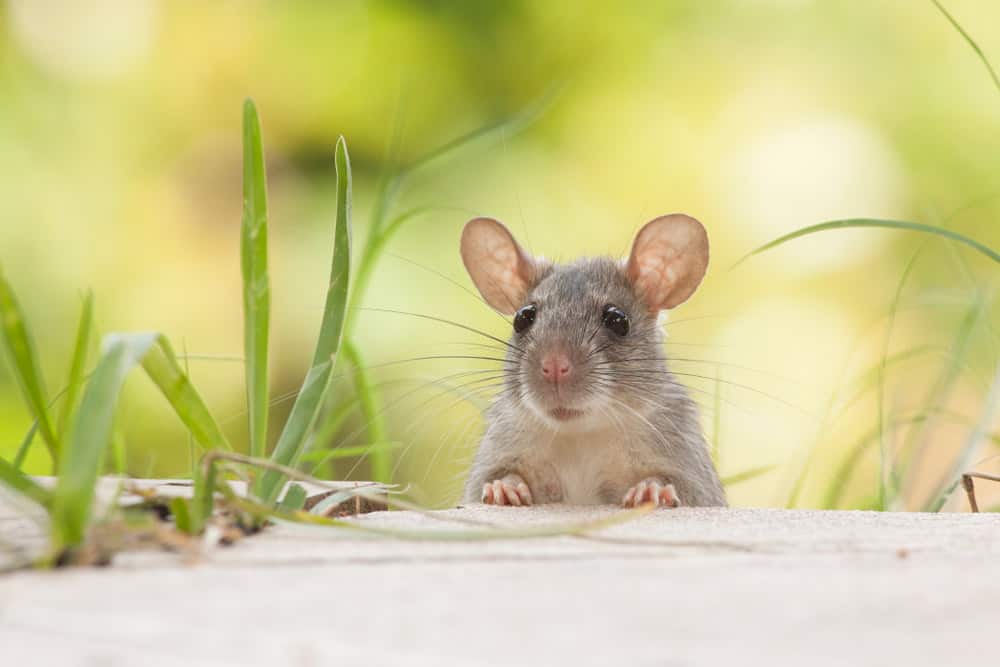Mice are a common type of rodent, belonging to the genus Mus. They are small in size, usually measuring between 2.5 and 3.5 inches in length, not including the tail. They have a pointed snout, small ears, and a long, thin tail, which can be up to 4 inches in length. Mice are known for their ability to adapt to different environments, and they are found throughout the world in a variety of habitats, ranging from forests to deserts.

Mice are social animals and live in groups. They are active primarily at night and are able to climb, jump, and run quickly, making them difficult to catch. They have poor eyesight, but their sense of smell and hearing are highly developed. Their keen sense of smell helps them to locate food and detect predators, while their sensitive ears help them to detect sounds that may indicate danger.
Mice are herbivores, and their diet consists mainly of grains, seeds, and fruits. They are known to be opportunistic feeders and will eat almost anything in order to survive. In urban areas, they often seek out food in trash cans and dumpsters. They have a fast metabolism and require very little water to survive, which is why they can live in environments with limited water sources.
Mice are prolific breeders, and a single female can produce up to 10 litters per year. Each litter can have up to 12 pups, which are born blind and hairless. The mother mouse provides care for the pups until they are able to fend for themselves. Mice can reproduce at a very young age, with females being able to breed as early as six weeks old.
Mice are often considered pests, as they can cause damage to homes, buildings, and crops. They can chew through wires and cause electrical fires, and they can also contaminate food with their droppings and urine. Additionally, they can harbor diseases that can be transmitted to humans and other animals.

There are several species of mice, but the most common in North America is the house mouse (Mus musculus). This species is found throughout the world and is known for its ability to adapt to different environments. House mice are usually light brown or gray in color, with a cream-colored belly. They have large ears and a pointed snout, and their tails are covered in short hairs.
Another species of mouse that is commonly kept as a pet is the fancy mouse (Mus musculus domesticus). These mice are bred specifically for their unique colorations and patterns, and they are often kept in cages as pets. Fancy mice come in a variety of colors, including black, white, and brown, and they can have spots, stripes, or other patterns on their fur.
In addition to being kept as pets, mice have also been used extensively in scientific research. They are commonly used in medical research to study human diseases and to develop new treatments. Mice are also used in genetic research, as their short lifespan and rapid reproduction make them ideal for studying the effects of genetic mutations.

In conclusion, mice are a common type of rodent found throughout the world. They are social animals, active primarily at night, and are able to adapt to a wide range of environments. While they are often considered pests due to their ability to cause damage and transmit diseases, they are also kept as pets and used extensively in scientific research. Understanding the behavior and biology of mice is important for controlling pest populations and for advancing scientific knowledge.